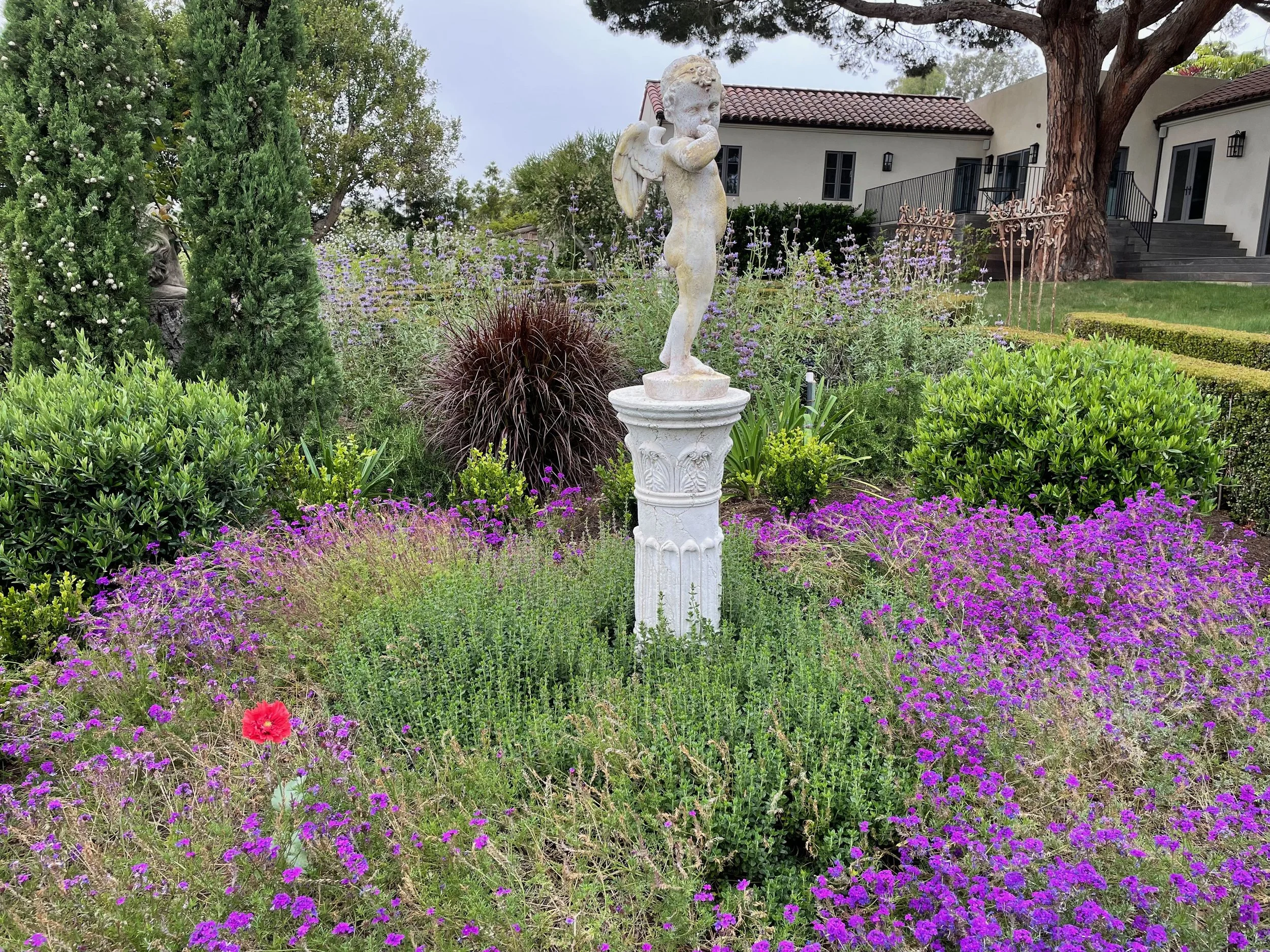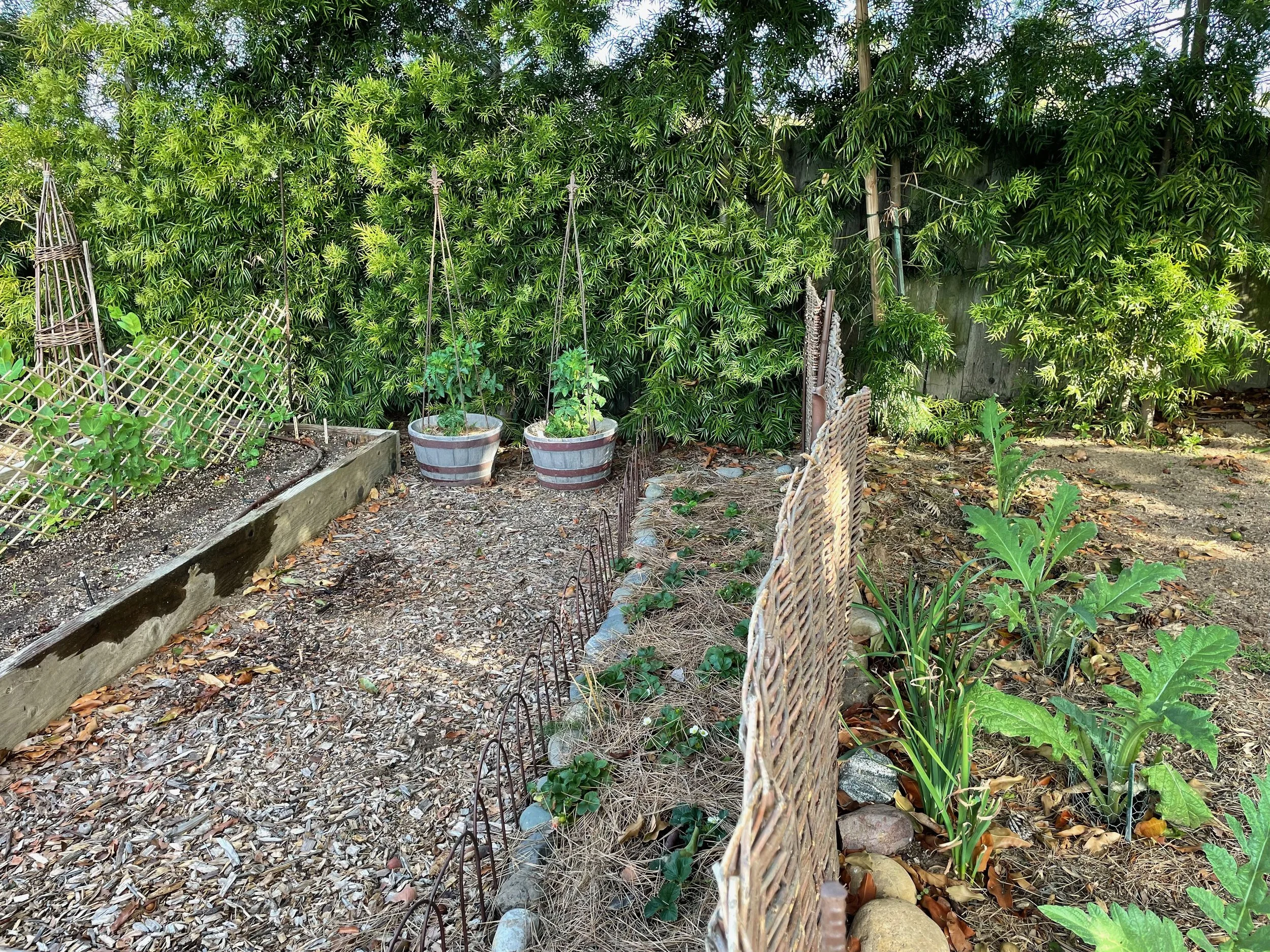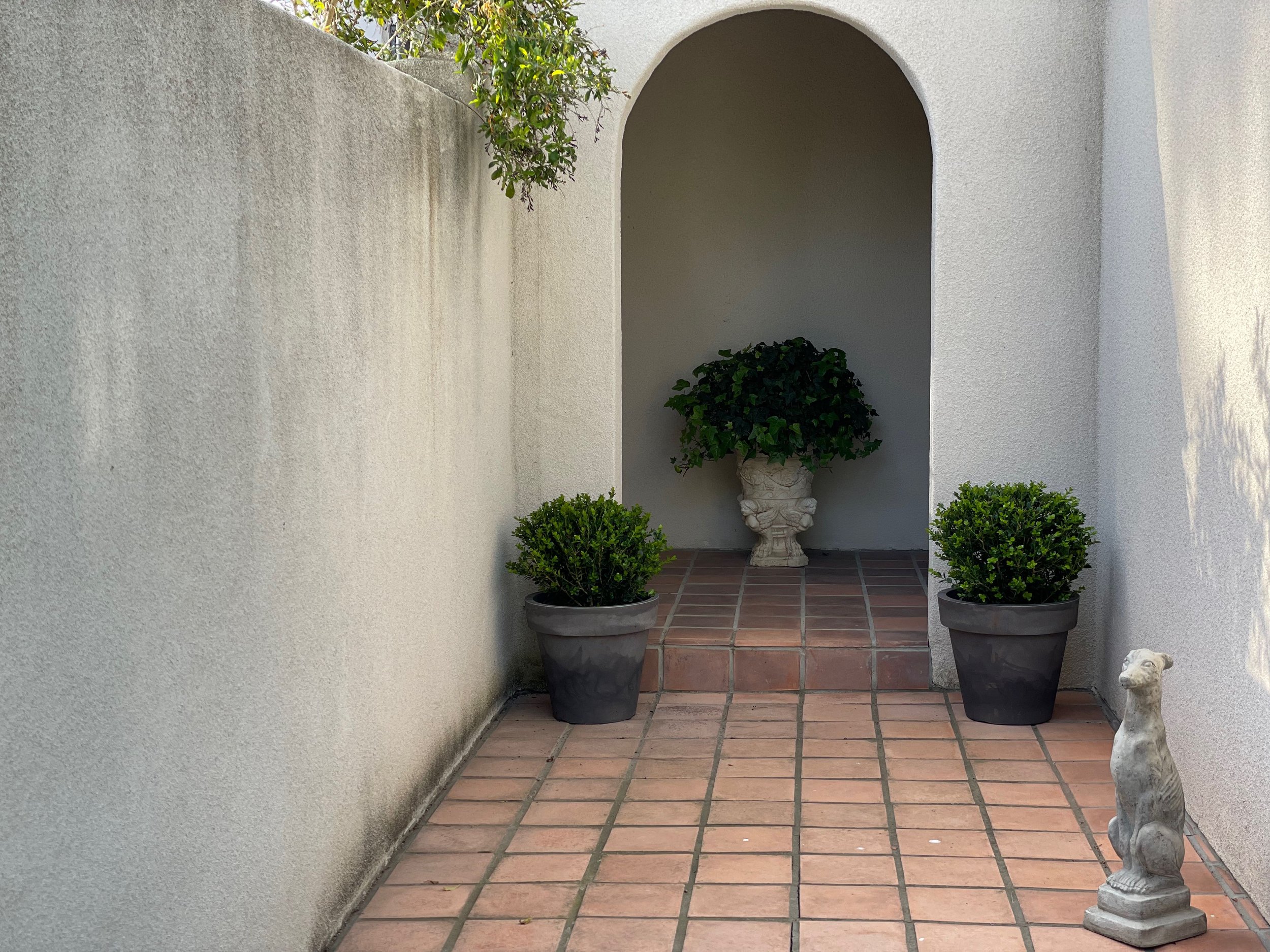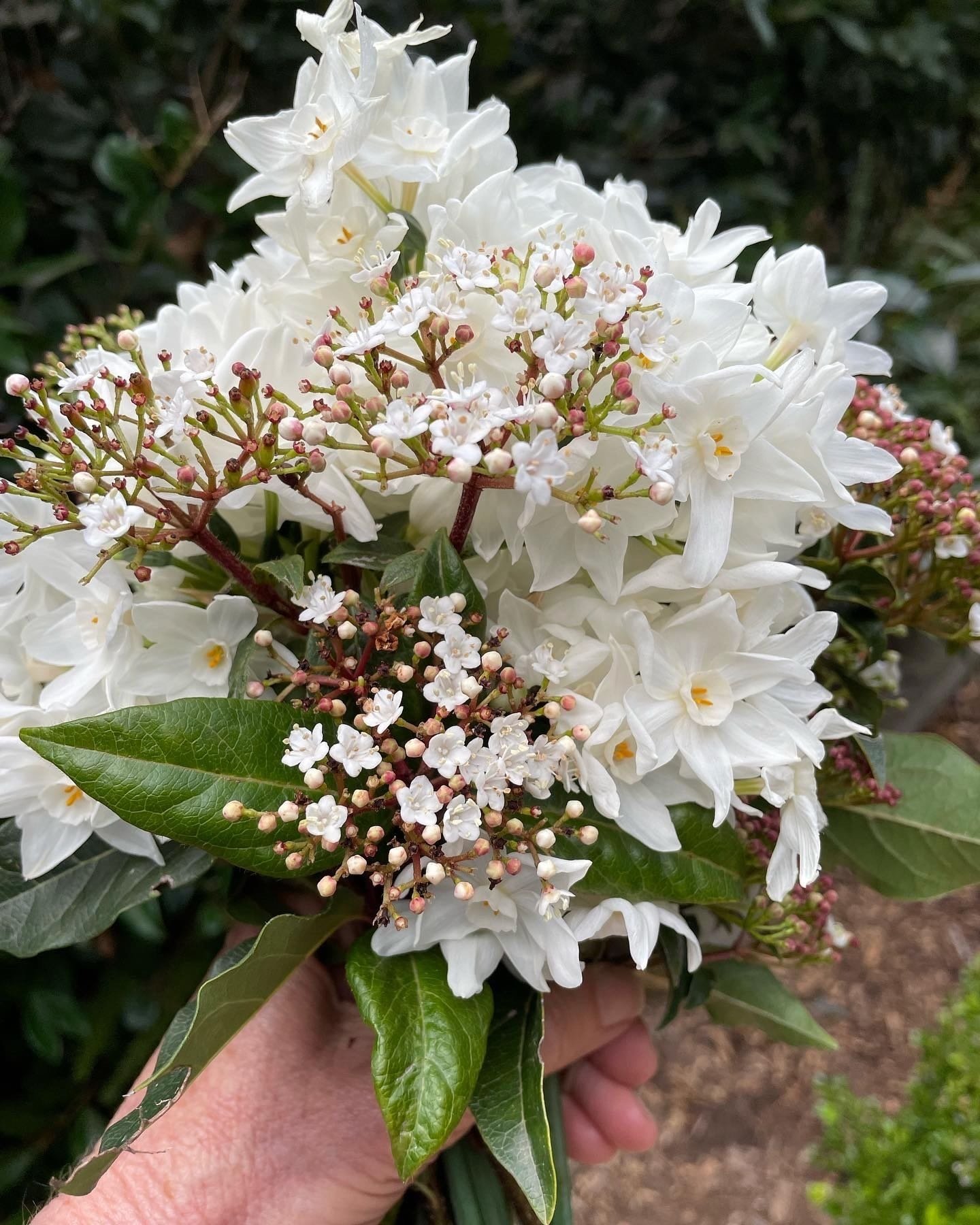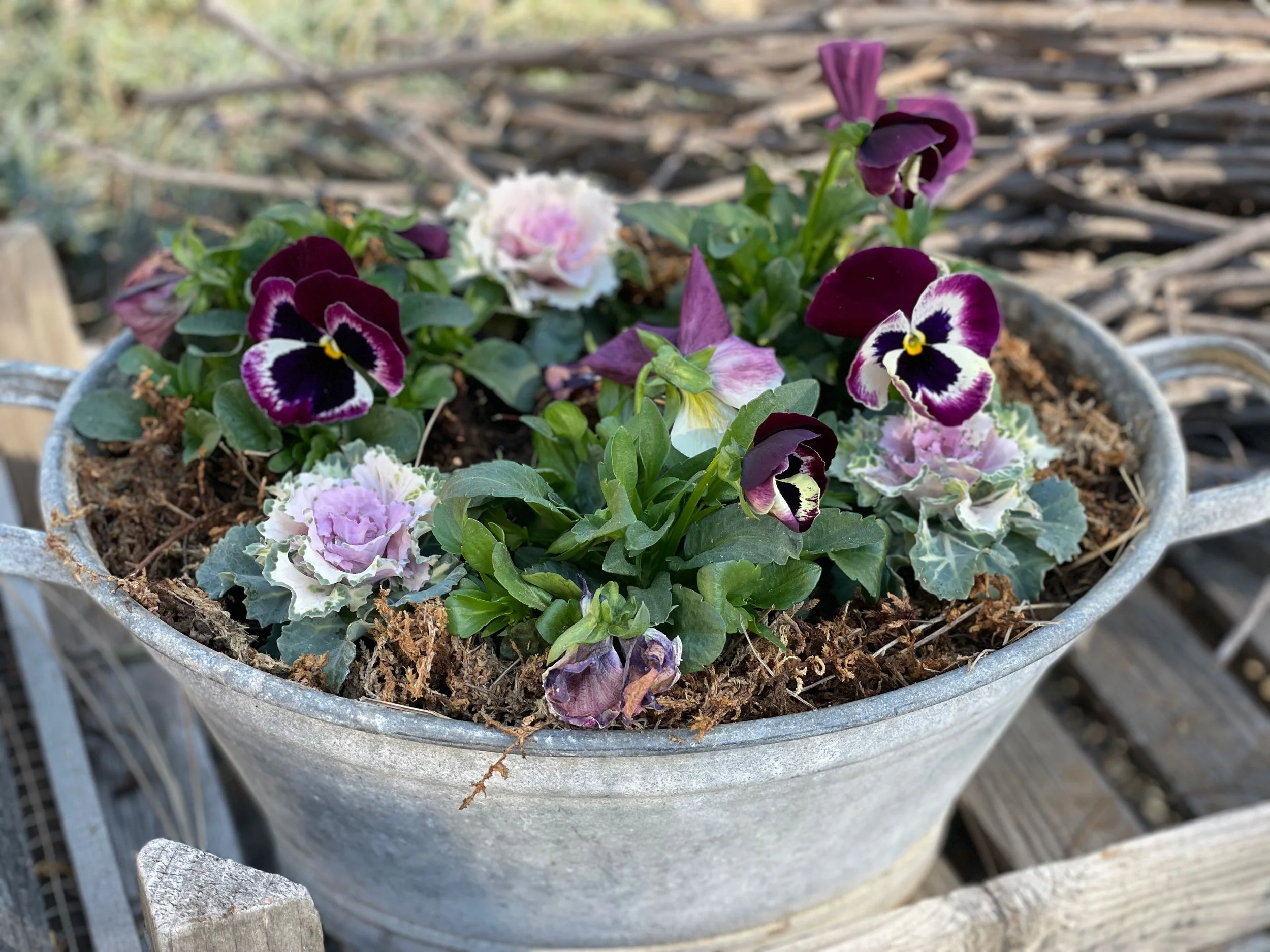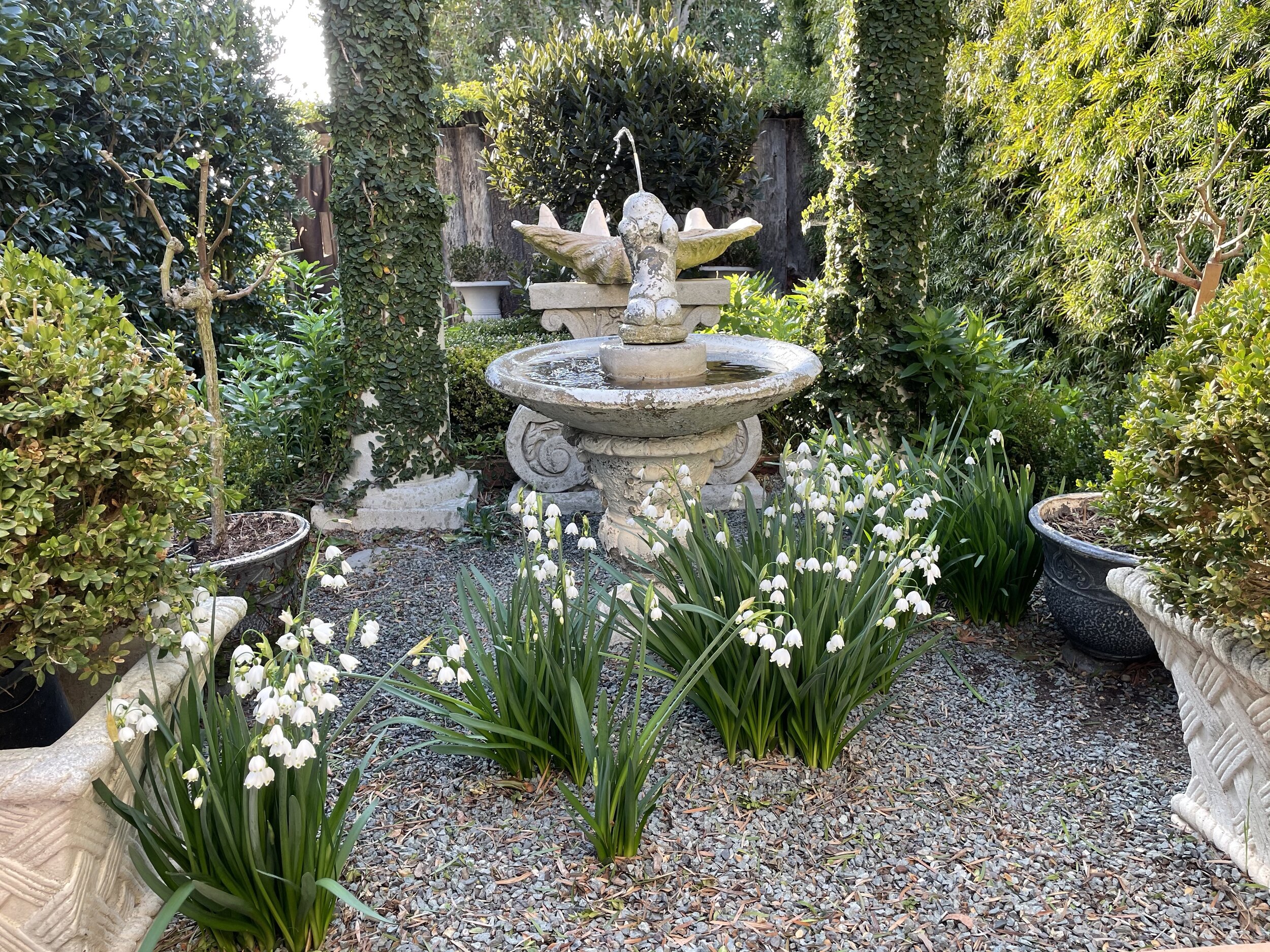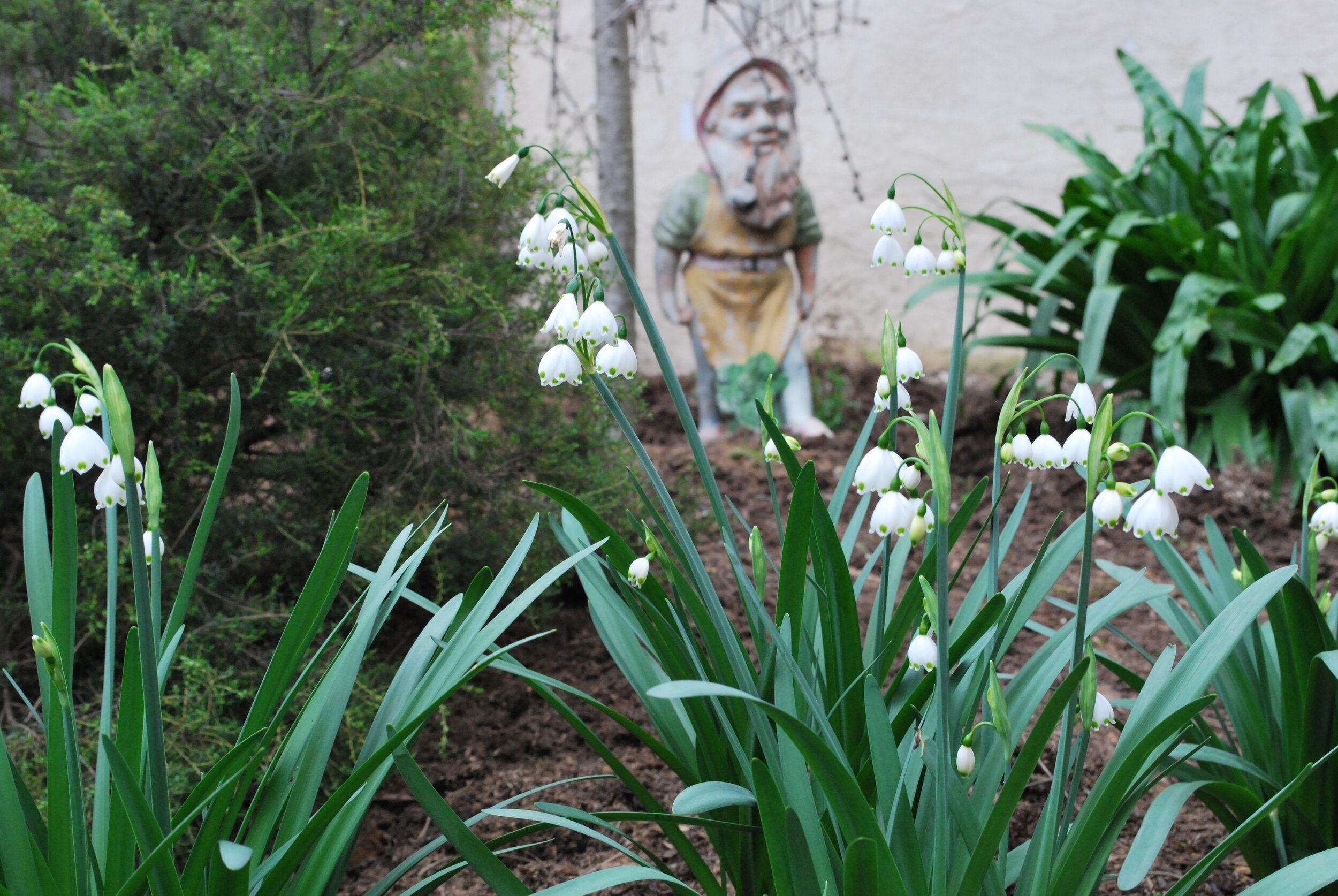May 2022 South Garden Facing North. Poppy, Where Did You Come From?
Quite a few years ago I was given some oriental poppy seeds. Some were red, and some were purple. All were beautiful and delicate when they bloomed. Poppy seeds are very tiny like carrot seeds, and benefit before sowing, to mix them with sand. From that one sowing of poppy seeds, the poppies come back each year. However, it is always in a different spot, different number of poppies, and different blooming. It is a mystery of where they will spring up. This year one sole red poppy has sprung up and bloomed beautifully in my South Garden.
I said to myself, these poppies sure have a mind of their own. Then I thought, there are some life lessons and musings in the way these beguiling poppies conduct themselves. Maybe you will sport a smile and agree.
It is okay to stand out in a crowd. We are all very special and unique in this world. No one is exactly like us. Remember to be your best of who you are, and not anyone else. You will never be a “wallflower.”
Follow your bliss, and everything else will fall into place. We make our own everlasting joy and happiness, and it comes from within us, not from external circumstances or material things. Bloom because you are happy.
Make each and every year different, in what you do, what you experience, and where you go. Keep your life vibrant in trying new things, meeting new people, reading, and traveling. Bloom in a different spot each year.
Persistence is everything. Even if you don’t have optimum circumstances, sheer persistence and perseverance is on your side, and you will bloom.
Be authentic to yourself and others. Don’t try and be something that you simply are not. An oriental poppy will never be a groundcover verbena.
Life is fleeting. Enjoy each and every day. Live in the “now” and “present” as much as you possibly can. You may not have a tomorrow, but you bloomed in magnificent beauty today.
You might look different from others, but we are all part of, and connected to this beautiful universe. Be careful not to judge by appearances. Everyone is beautiful in their own right, and everyone has a reason they are part of this beautiful universe. Be a beautiful poppy.
Don’t take yourself too seriously. A little bit of humor goes a long way in easing tension, lifting one’s spirits, and creating moments. A red oriental poppy couldn’t be any further from the design of the South Garden. Red oriental poppy makes you stop and chuckle.
Stand up for yourself and what you believe in. No one else is going to take up your mantle. Be passionate, and make a difference. You might see red, but I am a strong and determined red oriental poppy.
Don’t be hard on yourself. “You are enough.” You might not understand the circumstances that allowed you to grow and bloom, but the fact that you did is a gift.
Embrace change. Life is all about change. Don’t worry. Don’t fight change, rather “go with the flow of change.” Everything seems to work out just about the way it is intended to, in the end. If there is only one beautiful red oriental poppy this year, maybe there will be more next year.
April 2019, South Garden Facing West
May 2019, Main Pathway, Purple Oriental Poppies
Bon Appétit et Bon Weekend….Bonnie

